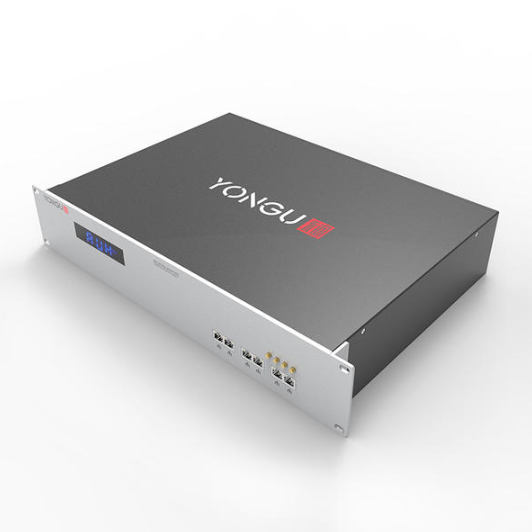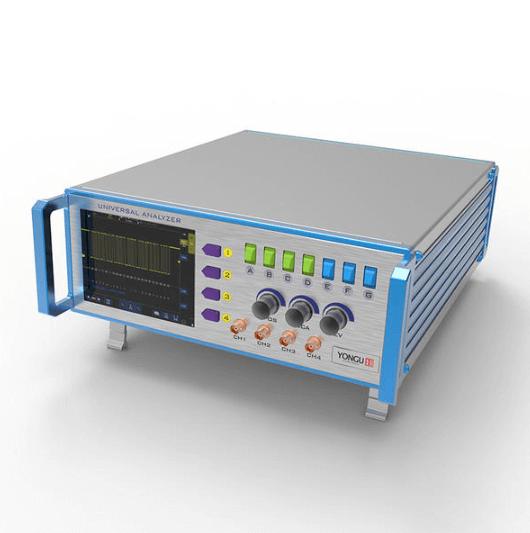A speaker enclosure is a crucial component in the construction of audio systems, playing a pivotal role in defining sound quality, resonance, and overall performance. Understanding its functions, optimal size, and factors influencing the choice of enclosures is essential for audiophiles and enthusiasts alike. In this post, the author would give a full introduction to the speaker enclosure.
What Does a Speaker Enclosure Do?
A speaker enclosure is essentially the housing or cabinet that holds the speaker drivers (such as woofers, tweeters, and mid-range drivers) in a specific configuration. Its primary functions are crucial for sound quality and overall performance within an audio system:
Acoustic Isolation
One of the key roles of a speaker enclosure is to separate the front and rear sound waves produced by the speaker drivers. By isolating these waves, it prevents interference and phase cancellations that can significantly degrade sound quality. Without an enclosure, the sound waves emitted from the rear of the speaker would interfere with those coming from the front, causing distortion and muddiness in the sound.
Bass Response Enhancement
Enclosures play a vital role in reinforcing low-frequency sound reproduction, particularly in designs like bass-reflex or ported enclosures. These designs utilize the shape and internal structure of the enclosure to enhance and extend the bass response of the speaker, producing deeper and more impactful low-end frequencies.
Protection and Durability
Beyond sound quality, enclosures also serve to protect the speaker components from external elements and potential damage. They shield the delicate inner workings of the speaker, including the drivers and crossover components, from dust, moisture, and physical impacts, thereby extending the speaker's lifespan.
Controlling Speaker Performance
The enclosure type and size directly influence the overall performance of the speaker. Different enclosure designs affect factors such as frequency response, efficiency, and power handling, allowing audio engineers to tailor the speaker's characteristics to desired specifications.
How Big Should A Speaker Enclosure Be?
Determining the ideal size for a speaker enclosure involves a blend of technical considerations and desired acoustic outcomes. Here are the key factors influencing enclosure size:
Driver Specifications
The physical characteristics and parameters of the speaker drivers—such as woofer, tweeter, or mid-range drivers—largely dictate the enclosure size. These specifications include driver size, power handling, and frequency response. Different drivers require specific internal volumes to perform optimally. For instance, larger woofers might demand larger enclosures for proper resonance.
Enclosure Type
Various enclosure designs (sealed, ported, transmission line, etc.) have distinct internal volume requirements. For example, sealed enclosures typically require less volume compared to ported enclosures. Each design affects the way the speaker produces sound, influencing factors like bass response and overall efficiency.
Room Acoustics
The room where the speakers will be placed impacts enclosure size considerations. Larger rooms might benefit from larger enclosures to fill the space with sound, while smaller rooms may necessitate smaller enclosures for better integration and control of sound waves.
Desired Sound Characteristics
Different enclosure sizes contribute to varied sound profiles. Larger enclosures might produce deeper bass and fuller sound, while smaller enclosures could offer tighter and more controlled bass response. Personal preference in sound characteristics plays a significant role in determining the ideal enclosure size.
Frequency Range
Enclosure size can influence the speaker's ability to reproduce specific frequencies. Some designs are better suited for certain frequency ranges, and the enclosure size can be tailored to enhance performance in those ranges.
In essence, determining the ideal size for a speaker enclosure involves a balancing act between the physical specifications of the drivers, the desired sound characteristics, the chosen enclosure type, and the acoustic environment where the speakers will operate. There's no one-size-fits-all approach; instead, it's about finding the optimal compromise to achieve the desired sonic performance within the given constraints and preferences.
In essence, determining the ideal size for a speaker enclosure involves a balancing act between the physical specifications of the drivers, the desired sound characteristics, the chosen enclosure type, and the acoustic environment where the speakers will operate. There's no one-size-fits-all approach; instead, it's about finding the optimal compromise to achieve the desired sonic performance within the given constraints and preferences.
Factors When Choosing the Best Speaker Enclosures
When selecting speaker enclosures, several key factors should be considered to ensure they complement your audio system and deliver the desired sound quality:
Speaker Type and Size Compatibility
Ensure the chosen enclosure is compatible with the type and size of speakers you intend to use. Different speakers have varying requirements for enclosure size and design to perform optimally.
Enclosure Type
Consider the different enclosure designs (sealed, ported, transmission line, etc.) and their impact on sound quality. Sealed enclosures typically offer tighter and more accurate bass, while ported enclosures enhance bass output but might sacrifice some accuracy. Choose the type that aligns with your preferred sound characteristics.
Room Size and Acoustics
Factor in the dimensions and acoustics of the room where the speakers will be placed. Larger rooms may benefit from larger enclosures to fill the space with sound, while smaller rooms might require smaller enclosures for better control and integration of sound waves.
Speaker Placement
Determine where the speakers will be positioned—floor-standing, bookshelf, or mounted on walls. This affects the available space and influences the choice between different enclosure sizes and shapes.
Frequency Response Requirements
Consider the frequency range you aim to reproduce. Different enclosure designs excel at reproducing certain frequencies. Ensure the chosen enclosure aligns with your desired frequency response.
Material and Build Quality
The construction material of the enclosure impacts its resonance, durability, and overall sound quality. Quality wood, MDF (medium-density fiberboard), or other high-grade materials are commonly used for their acoustic properties.
Personal Sound Preference
Your subjective preference in sound characteristics plays a significant role. Some enclosures may offer a warmer sound, while others provide a more analytical or detailed sound signature. Choose based on your preferred tonal qualities.
Power Handling and Efficiency
Match the enclosure's power handling capabilities with your amplifier or receiver's output. Enclosures should efficiently utilize the power to produce the desired sound without strain or distortion.
Budget
Consider your budget constraints. Quality enclosures vary in price based on materials, design, and brand. Find the right balance between quality and affordability.
Reviews and Recommendations
Research and read reviews from experts or fellow enthusiasts to understand real-world experiences with specific enclosures. Recommendations from audio professionals or trusted sources can be invaluable.
Conclusion
Finally, selecting the right speaker enclosure involves a nuanced understanding of various technical and subjective elements. It's not merely about housing the speakers but optimizing their performance to create an immersive auditory experience.





